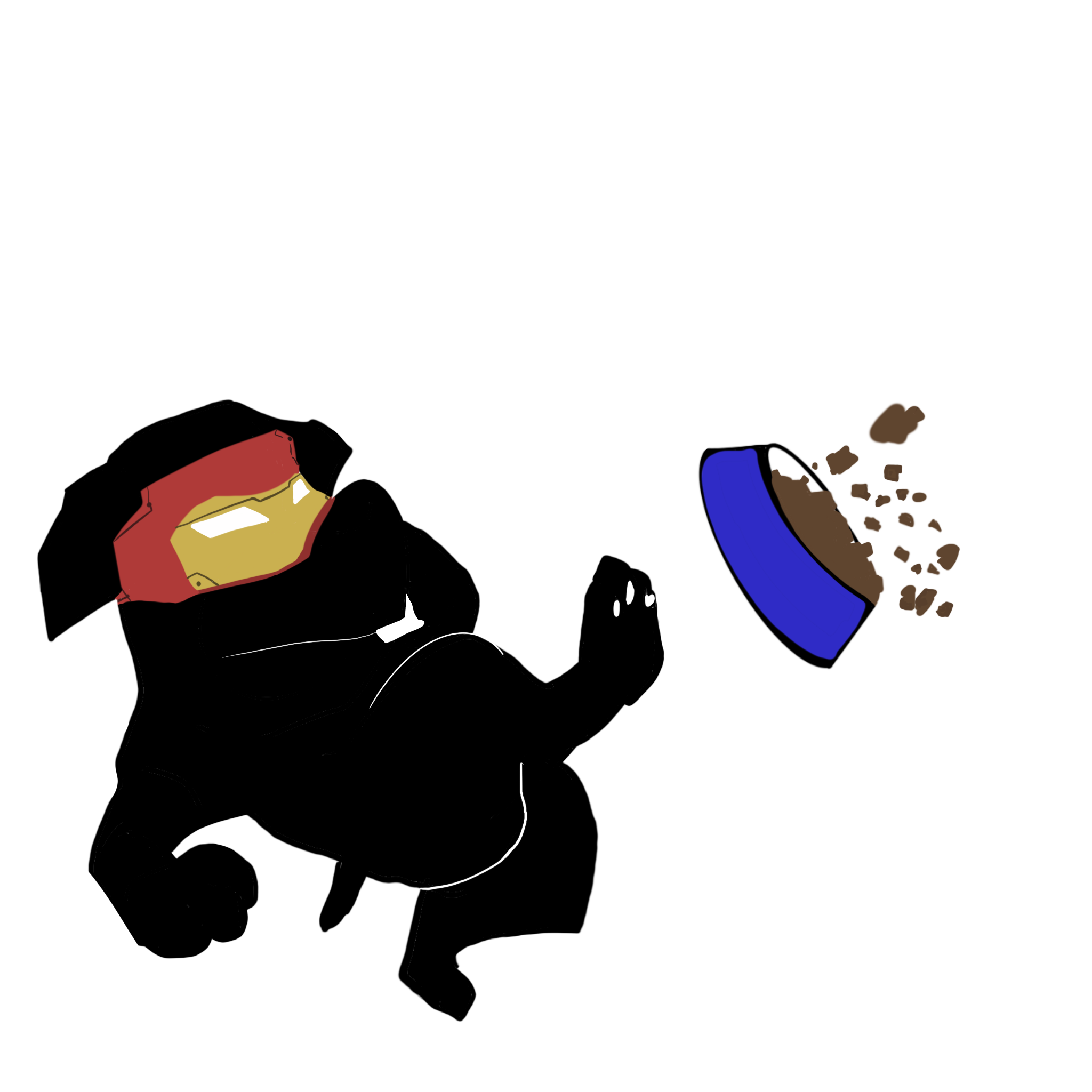Kick the Kibble


For a successful transition to feeding your dog raw food, it's crucial to take it gradually over a 10-day period. Start by mixing 75% of their old pet food with 25% new raw food, then increase the proportion of raw food by 25% every few days. Here's a breakdown:
Every dog is different, and some may need a longer transition period. Don't worry if your dog takes more time to adjust. If your dog has a sensitive stomach, it's best to introduce raw food in small amounts.
This approach allows you to monitor their response closely and experiment with different ratios of kibble and raw food before making a full switch.